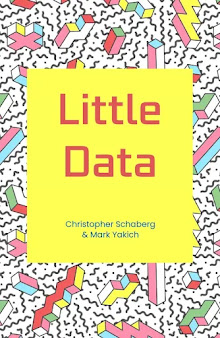
I recently completed my dissertation at UC Davis on the textual aspects of airports in U.S. culture. After filing my dissertation I took a short trip to visit some friends in Portland, Oregon. On the way there, I snapped a picture in the Sacramento airport without too much attention to what I might capture. In fact, I held the camera to my side and took the picture without looking into the viewfinder at all. Now, I'll take the take the time to 'read' this image in order to explain a little about my dissertation.
My dissertation is interested in how airports read. In this picture, I can see people reading various things: magazines, computer screens, books, text messages, and newspapers. Airports are the place to read, as evinced by the way that bookstores are increasingly migrating out of cities and towns and into terminals and concourses.
Beyond the people reading in the airport, there are also a lot of things to read about the space itself. In this departure lounge I see signs for gates 25 and 27, directional markers meant to be read and followed. I see a sign for "free Wi-Fi"—a hanging text that prompts me to discover further reading material on my laptop, if I have one. Several people in the picture have taken the "free Wi-Fi" cue and stare into their screens. If I cannot get 'connected', I will have to resort to lower-tech forms of reading, or just space out. People watching is another kind of reading suitable for airports.
I see multiple trash receptacles, which tell me that this is a space where consumption and waste is expected. I also see a tree which appears to be rather discordantly 'greening' this built space of transit. Or perhaps the little tree is inviting Nature in—in which case the color complementary small red alarm boxes on the columns may be imagined as berries beneath the canopy of off-white ceiling tiles. Aside from the verdant motif, however, the dominant color scheme reads monochromatic and is laid out in mostly geometric patterns of alternating lights and darks.
A majority of the dark shapes in this scene are the ubiquitous rows of airport chairs that the psychologist Robert Sommer calls "hard architecture": such seating is quite clear and uncompromising about how passengers are to comport themselves and communicate (or not) in this space. Anyone who has spent significant time in such chairs should be familiar with the feeling of craning your neck to talk to someone next to you, or leaning awkwardly uphill to talk to someone across from you. Through this seating arrangement, the airport forwards a sociological understanding of how people should be organized and spaced out (how people should feel) in this space.
And above, the square fluorescent lamps offer light for easy reading. In the airport everyone has their identity checked: passports read, employee ID cards verified, and boarding passes scanned—the airport reads its human inhabitants. All these practices combined make up airport reading: this is a legible context wherein nature and culture collude, inside becomes outside, bodies blend into technologies, and everything proceeds as in an endless delay.













